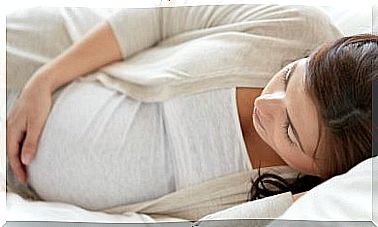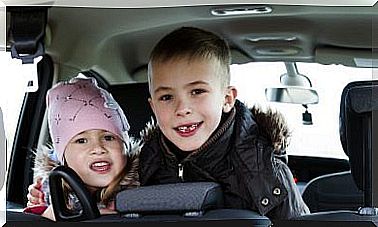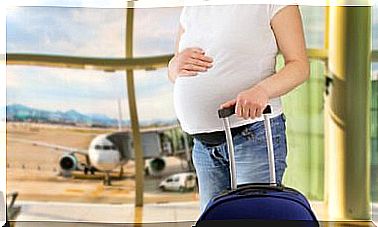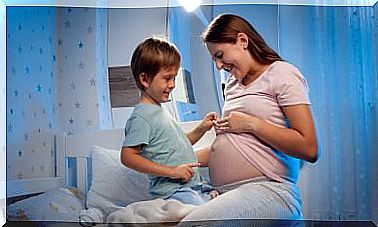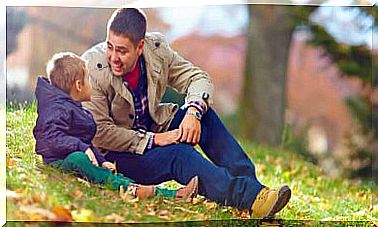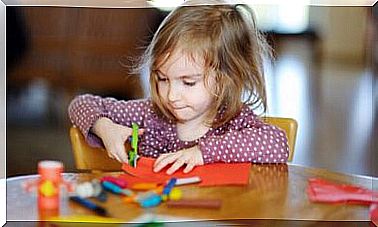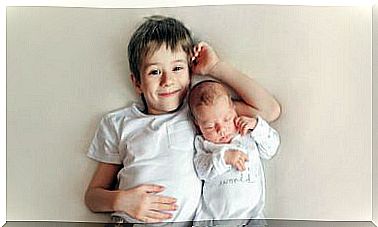How To Avoid Travel Sickness In Children
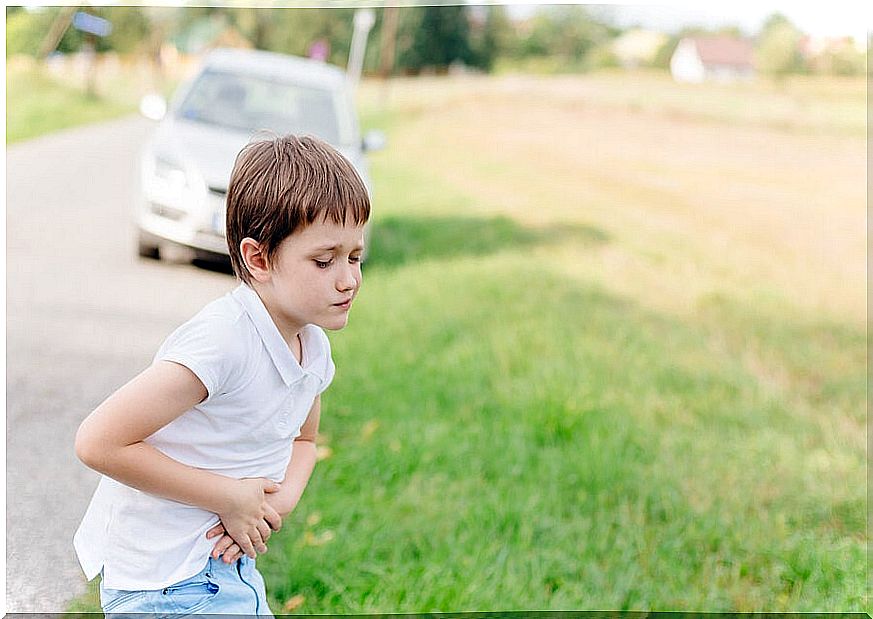
Knowing how to avoid dizziness in children on trips or during car transfers is an indispensable task for any parent. Motion sickness, or disorders in the body caused by movement, produce such unpleasant symptoms in children that, in addition to the well-known dizziness, they can cause vomiting and general discomfort in the body.
Between the ages of 3 and 12, children are particularly sensitive to dizziness. In fact, it is possible that this condition may be present into adulthood.
However, once the predisposition to dizziness during transfers has been detected in the child, the goal is to be proactive in order to minimize the symptoms.
What is motion sickness and why does it occur?
Motion sickness is defined as a lack of control in the body generated from movement. What happens, specifically, is that the middle ear and the musculoskeletal system become unbalanced due to the lack of agreement between sight and bodily sensations.
It is because the child’s body is stopped, while everything around him is in motion. Once the brain mistakenly perceives that the individual is moving, it sends signals that manage to disturb the body.
Symptoms
These signals generate, among other things:
- Feeling dizzy and unsteady in the head
- Pallor
- Loss of balance
- Stomach ache
- Vomiting
- Sweating or feeling cold
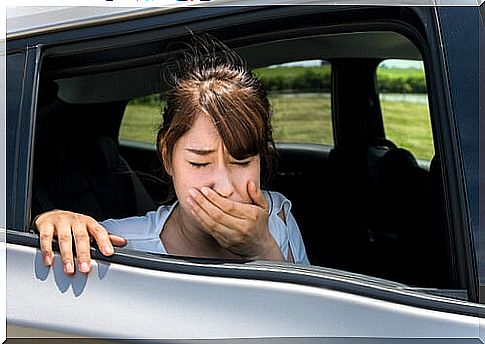
How to avoid travel sickness in children
There are different ways to avoid travel sickness in children. The least recommended is the use of medications, since it is considered correct that the child can gradually regulate the sensations that alter the middle ear. As we indicated in the introduction, this condition can extend into adulthood.
With this in mind, parents should place children inside cars or airplanes in specific positions, preventing them from making sudden movements. The decalogue to follow indicates:
Measurements before the trip
Before leaving, at least two considerations should be taken to prevent the child from getting dizzy. The first is to feed him at least an hour and a half before leaving. The older ones should make sure that the little one is not too full; thus, in case of dizziness, your stomach will not be affected to the point that vomiting is irreparable.
The foods that are recommended before the trip are lean meat proteins and vegetables. Dishes such as pasta or hamburgers should be avoided, because these generate a feeling of heaviness in the stomach; in the case of traveling by plane, they also produce abundant flatulence.
The second consideration before traveling is to do it during the hours when the child usually takes naps, or even during the night. The imbalance in the middle ear cannot occur when a person is asleep.
For this reason, getting the child to travel asleep or to fall asleep in the first moments, when the trip begins, will be very helpful.
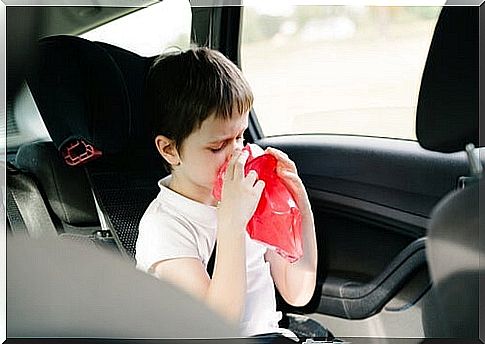
Measurements during the trip
The most effective measures during travel are:
- Children should be seated in their special seat or, when they are older, fastened to the seat belt, with their gaze fixed on the horizon, or at most, with their head slightly turned towards the window.
- Games with cell phones, ipad, dolls or books, which keep your head tilted down or turning, should be avoided. This is because, when your eyes are focused on a fixed point, when you raise your head and perceive the fast movement of the car, your brain will not be able to adapt quickly to the sudden change, which causes dizziness.
- It is not recommended that the child eat during the trip. The suggestion is that you only drink water, and in small amounts. In case the trip is long, you should feed yourself during the stops.
- Inside the car, extreme temperatures should be avoided; that is, bring the air conditioning to very low temperatures or too much heating. In case the child is already dizzy, fresh air should be allowed to circulate inside the vehicle.
As final recommendations, if the child is already dizzy, invite him to do breathing exercises. Also, always carry wet wipes, vomit bags and medications for motion sickness and vomiting prescribed by your pediatrician.

